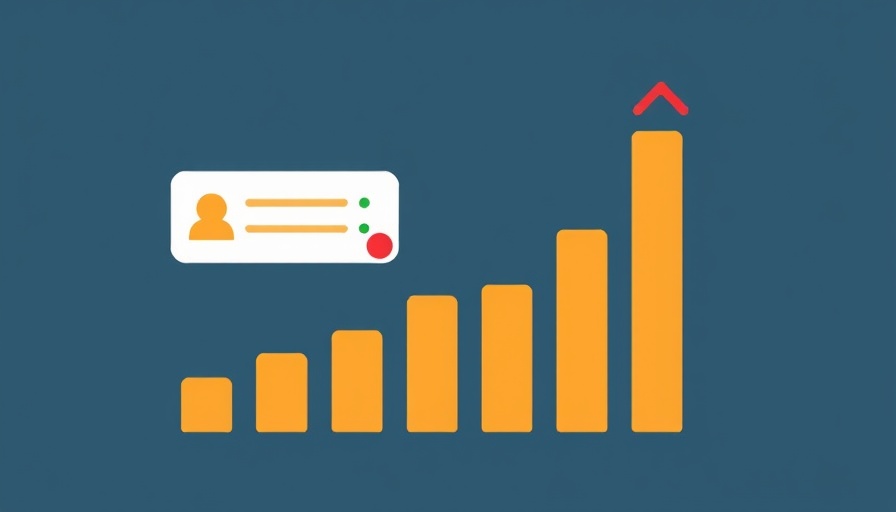
Understanding the Importance of Keyword Rankings
Keyword rankings refer to the position of your web pages in search engine results for specific queries. For small and medium businesses, understanding these rankings is essential for maximizing online visibility. For example, if a page ranks second for the query "what is project management", it means that this page appears as the second organic result on Google when users search for that term.
However, keyword rankings are not static; they can fluctuate due to various factors such as new content from competitors, changes in Google’s algorithms, and the evolving search intent of users. This dynamism underscores the need to monitor these rankings regularly, especially in today’s competitive digital environment.
Why Ranking Matters for Your Business in 2025
In 2025, keyword rankings still hold immense significance, with traditional search engines continuing to overshadow AI-based platforms in terms of web search traffic. A study by Semrush revealed that traditional search engines accounted for significantly more traffic than AI tools. This is crucial for small and medium businesses since higher rankings can result in increased brand awareness, which may ultimately drive future visits and conversions.
Moreover, many businesses have noticed a correlation between high keyword rankings and visibility across emerging AI-driven tools. According to Muskan Garg, an SEO Consultant, achieving a first-page ranking can enhance the chances of being picked up by AI tools for summaries or overviews of content, enabling your business to cast a wider net.
Strategies for Monitoring Your Keyword Rankings
To effectively monitor and respond to changes in keyword rankings, there are several methods you can employ:
1. Manual Tracking with Incognito Mode
One way to track your keyword rankings is to use incognito mode. This method allows you to see search results without the influence of personalization. Simply open an incognito window in your browser, search for your target keywords, and note your ranking. While this method provides quick insights, it has limitations; for instance, it may not account for location-based variations or alert you to movement in rankings over time.
2. Utilize Google Search Console
Google Search Console (GSC) is a powerful free tool that offers an in-depth look at your site’s performance. It allows you to track search queries leading to your site and provides valuable insights into ranking changes. By examining your GSC data regularly, you can identify trends and adjust your content strategy as necessary.
3. Leverage SEO Tools
Finally, there are various SEO tools available that offer automated keyword tracking and analytics. Programs like SEMrush, Ahrefs, and Moz can provide comprehensive data, including historical rankings and competitive analysis. Although some of these tools come with a cost, the investment can yield significant returns by enabling your business to stay ahead of competitors.
Future Predictions: What's Next in Keyword Rankings?
As we look ahead, it’s critical for small and medium businesses to stay adaptable. In the coming years, the integration of AI in search may lead to more personalized and nuanced results, potentially reshaping how keyword rankings are determined. Businesses should be prepared to modify their strategies accordingly, focusing not only on keywords but also on user intent and engagement metrics.
The growing significance of AI means that businesses can still benefit from strong organic positions, but they must also enhance the quality and relevance of their content to meet changing user expectations. Engaging with current trends and optimizing content accordingly will be vital for maintaining and improving keyword rankings.
Actionable Insights: Setting Your Business Up for Success
To leverage keyword rankings effectively, begin regular monitoring of your rankings and competitor performance. Setting a weekly or monthly schedule to review your rankings can help you anticipate changes and adjust your strategy proactively. Focus on producing quality content that resonates with your audience's intent, utilizing social media to increase visibility and engagement.
In summary, keyword rankings are a foundational element of your digital marketing strategy. By understanding their importance and employing effective tracking methods, you can set your small or medium business up for greater online success in an increasingly competitive landscape.
If you're ready to take your digital presence to the next level, start by monitoring your keyword rankings today! Awareness is the first step towards strategic improvement, opening doors to more traffic, leads, and ultimately, conversions.
 Add Row
Add Row  Add
Add 



Write A Comment